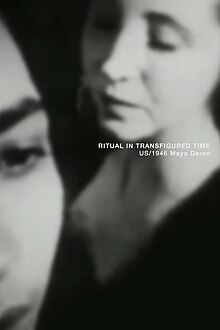
Angela Anaïs Juana Antolina Rosa Edelmira Nin y Culmell was a French-born American diarist, essayist, novelist, and writer of short stories and erotica. Born to Cuban parents in France, Nin was the daughter of the composer Joaquín Nin and the classically trained singer Rosa Culmell. Nin spent her early years in Spain and Cuba, about sixteen years in Paris (1924–1940), and the remaining half of her life in the United States, where she became an established author.
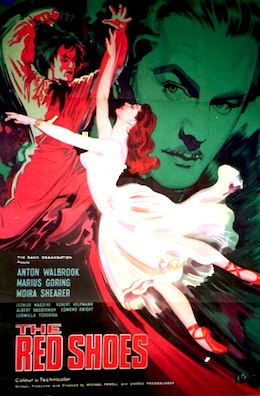
The Red Shoes is a 1948 British drama film written, directed, and produced by Michael Powell and Emeric Pressburger. It follows Victoria Page, a ballerina who joins the world-renowned Ballet Lermontov, owned and operated by Boris Lermontov, who tests her dedication to the ballet by making her choose between her career and her romance with composer Julian Craster.

A veil is an article of clothing or hanging cloth that is intended to cover some part of the head or face, or an object of some significance. Veiling has a long history in European, Asian, and African societies. The practice has been prominent in different forms in Judaism, Christianity, and Islam. The practice of veiling is especially associated with women and sacred objects, though in some cultures, it is men, rather than women, who are expected to wear a veil. Besides its enduring religious significance, veiling continues to play a role in some modern secular contexts, such as wedding customs.

Meshes of the Afternoon is a 1943 American short experimental film directed by and starring wife-and-husband team Maya Deren and Alexandr Hackenschmied. The film's narrative is circular and repeats several motifs, including a flower on a long driveway, a key falling, a door unlocked, a knife in a loaf of bread, a mysterious Grim Reaper–like cloaked figure with a mirror for a face, a phone off the hook and an ocean. Through creative editing, distinct camera angles, and slow motion, the surrealist film depicts a world in which it is more and more difficult to grasp reality.
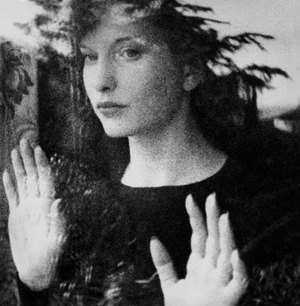
Maya Deren was a Ukrainian-born American experimental filmmaker and important promoter of the avant-garde in the 1940s and 1950s. Deren was also a choreographer, dancer, film theorist, poet, lecturer, writer, and photographer.
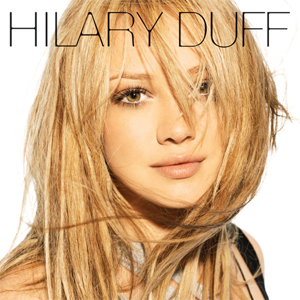
Hilary Duff is the third studio album by American singer Hilary Duff. It was released on September 15, 2004, by Hollywood Records. The seventeen-track album saw Duff collaborating with the same producers she did on Metamorphosis. Recording sessions for the album took place inbetween Duff's filming of Raise Your Voice (2004) and The Perfect Man (2005).
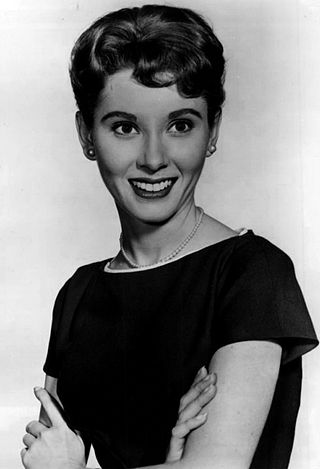
Elinor Donahue is an American actress, best known today for playing the role of Betty Anderson, the eldest child of Jim and Margaret Anderson on the 1950s American sitcom Father Knows Best.
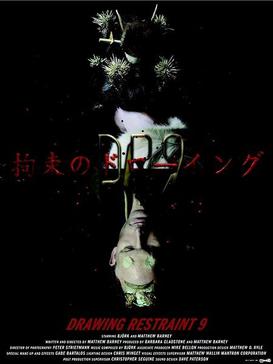
Drawing Restraint 9 is a 2005 film project by visual artist Matthew Barney consisting of a feature-length film, large-scale sculptures, photographs, drawings, and books. The Drawing Restraint series consists of 19 numbered components and related materials. Some episodes are videos, others sculptural installations or drawings. Barney created Drawing Restraint 1-6 while still an undergraduate at Yale University and completed Drawing Restraint 16 in 2007 at London's Serpentine Gallery. With a soundtrack composed by Björk, Drawing Restraint 9 is an unconventional love story set in Japan. The narrative structure is built upon themes such as the Shinto religion, the tea ceremony, the history of whaling, and the supplantation of blubber with refined petroleum for oil.

At Land (1944) is a 15-minute silent experimental film written, directed by, and starring Maya Deren. It has a dream-like narrative in which a woman, played by Deren, is washed up on a beach and goes on a strange journey encountering other people and other versions of herself. Deren once said that the film is about the struggle to maintain one's personal identity.
Divine Horsemen: The Living Gods of Haiti is a black-and-white documentary film of approximately 52 minutes. It is about dance and possession in Haitian vodou that was shot by experimental filmmaker Maya Deren between 1947 and 1954.

Teiji Ito was a Japanese composer and performer. He is best known for his scores for the avant-garde films by Maya Deren.

The music of the ancient Mayan courts is described throughout native and Spanish 16th-century texts and is depicted in the art of the Classic Period. The Maya played instruments such as trumpets, flutes, whistles, and drums, and used music to accompany funerals, celebrations, and other rituals. Although no written music has survived, archaeologists have excavated musical instruments and painted and carved depictions of the ancient Maya that show how music was a complex element of societal and religious structure. Most of the music itself disappeared after the dissolution of the Maya courts following the Spanish Conquest. Some Mayan music has prevailed, however, and has been fused with Spanish influences.
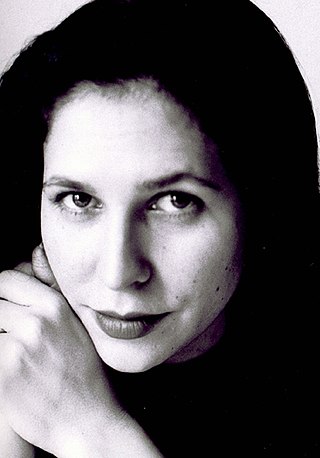
Arlene Sierra is an American composer of contemporary classical music, working in London, United Kingdom.
Talley Beatty was born in Cedar Grove, Louisiana, a section of Shreveport, but grew up in Chicago, Illinois. He is considered one of the greatest of African American choreographers, and also bears the titles dancer, doctor, and dance company director. After studying under Katherine Dunham and Martha Graham, Beatty went on do solo work and choreograph his own works which center on the social issues, experiences, and everyday life of African Americans. Beatty and his technique and style of dancing were both praised and criticized by critics and dancers of his day.
Shadow Dancing is a 1988 thriller film directed by Lewis Furey and starring Nadine Van der Velde and Christopher Plummer.

Maryam Tanveer, known by her stage name Maya Ali, is a Pakistani actress. She made her debut with a brief role in telenovela Durr-e-Shehwar and later received praise for portraying the titular characters in Aik Nayee Cinderella and Aun Zara both (2012). Ali got breakthrough for her performance as Manahil Javed in Hum TV's romance Mann Mayal. In 2018 she made her film debut with Teefa In Trouble.
Brianna Lea Pruett was an American singer-songwriter, musician, painter, poet and filmmaker.
Rita Christiani (1917-2008) was a Trinidad-born American dancer who appeared in American films during the 1940s.
Hella Hammid was an American photographer whose career included teaching at UCLA. Her freelance photographs appeared in diverse publications including Life, Ebony, The Sun and The New York Times. Her softly backlit picture of two young Italian girls dancing, watched by other children in front of the abutments of a stone building, was chosen by Edward Steichen for his 1955 world-touring MoMA exhibition The Family of Man, which was seen by nine million visitors.
